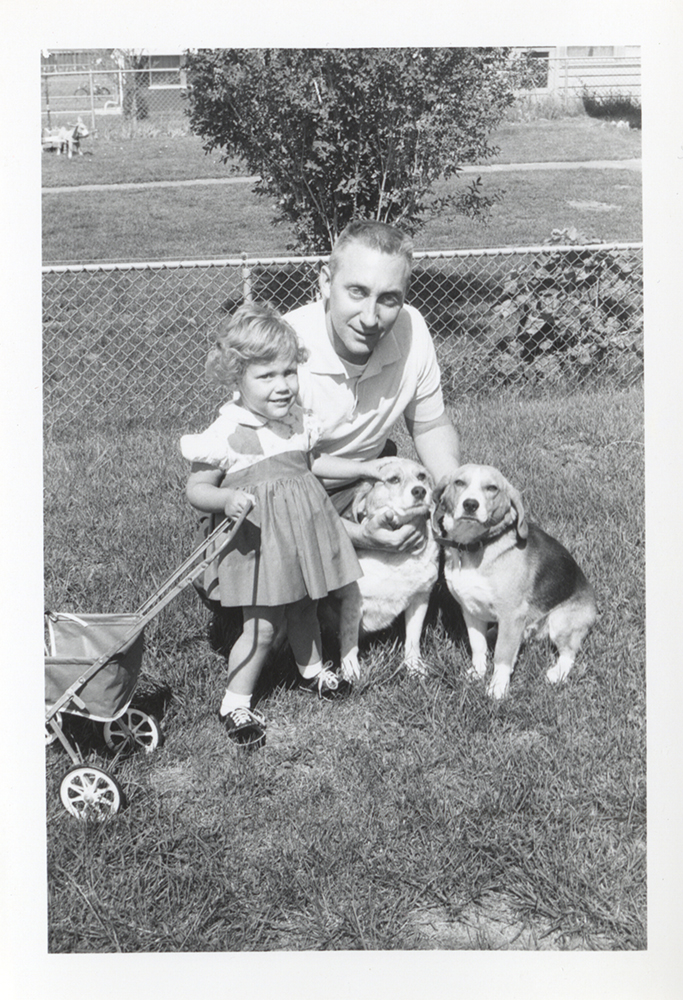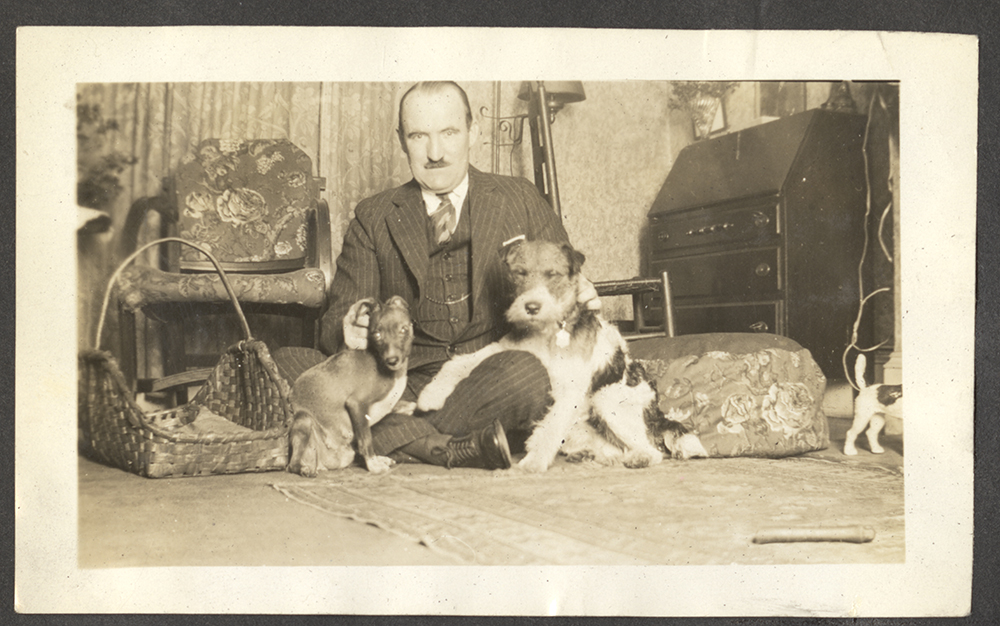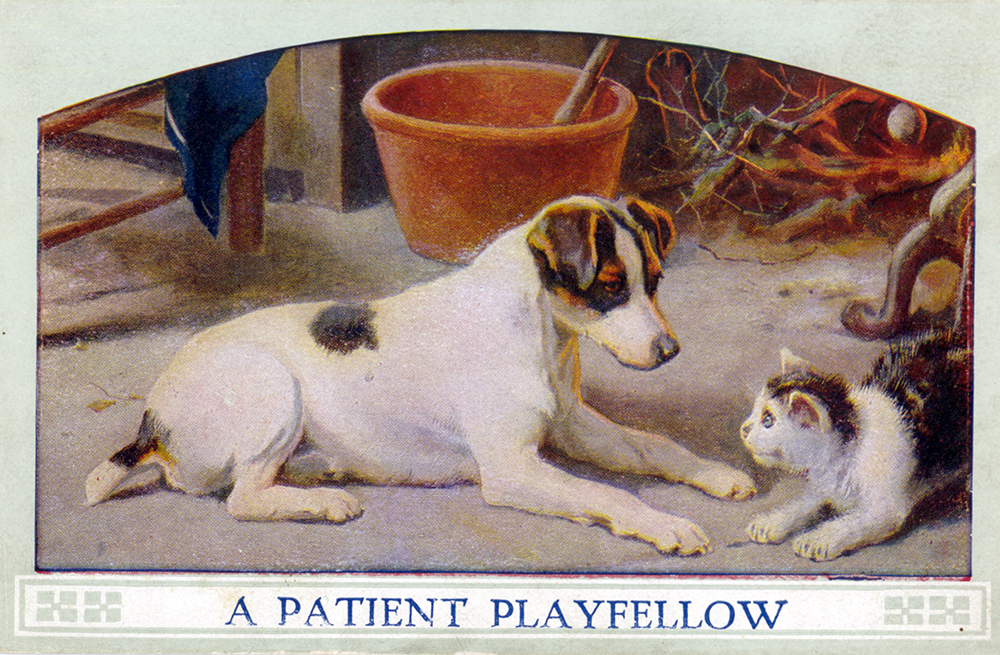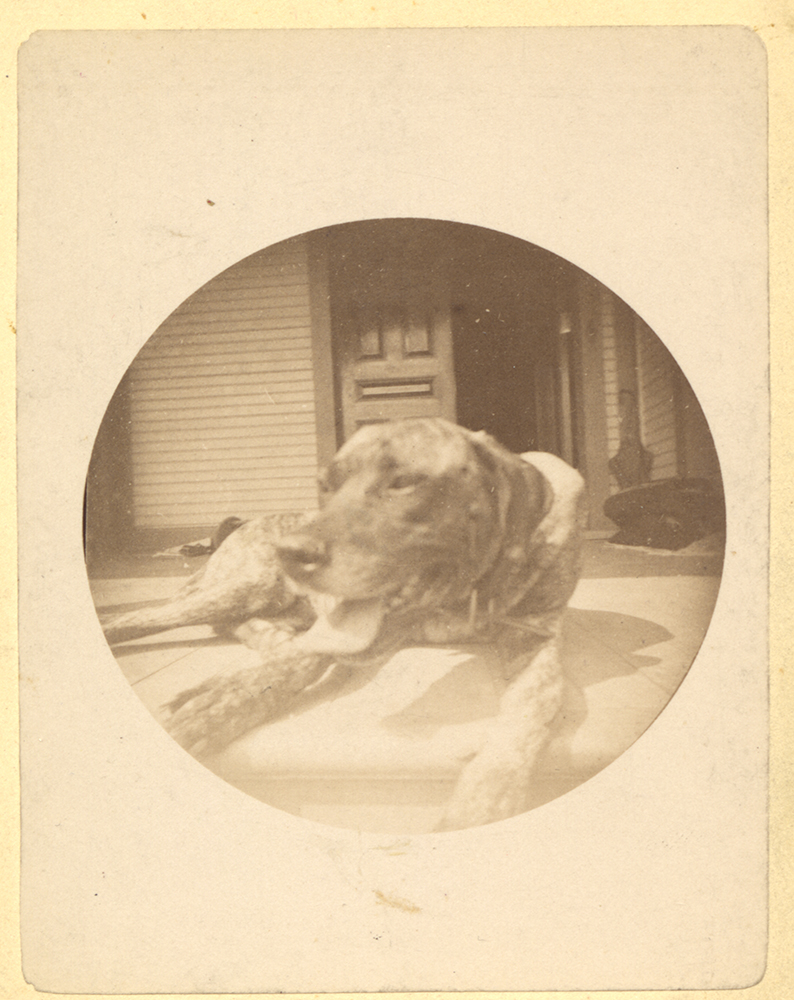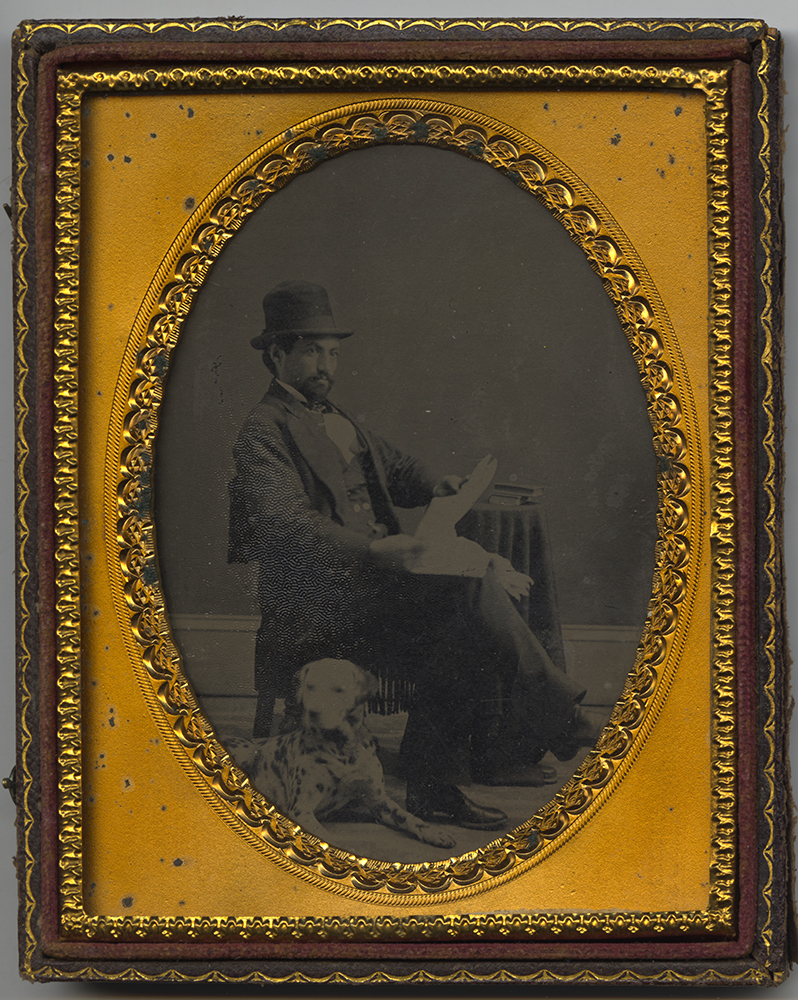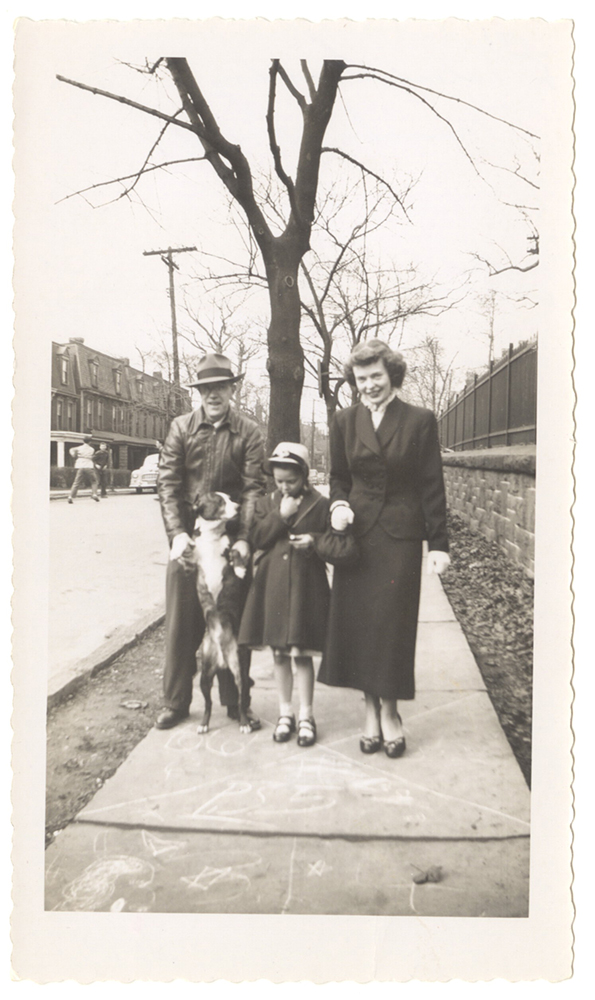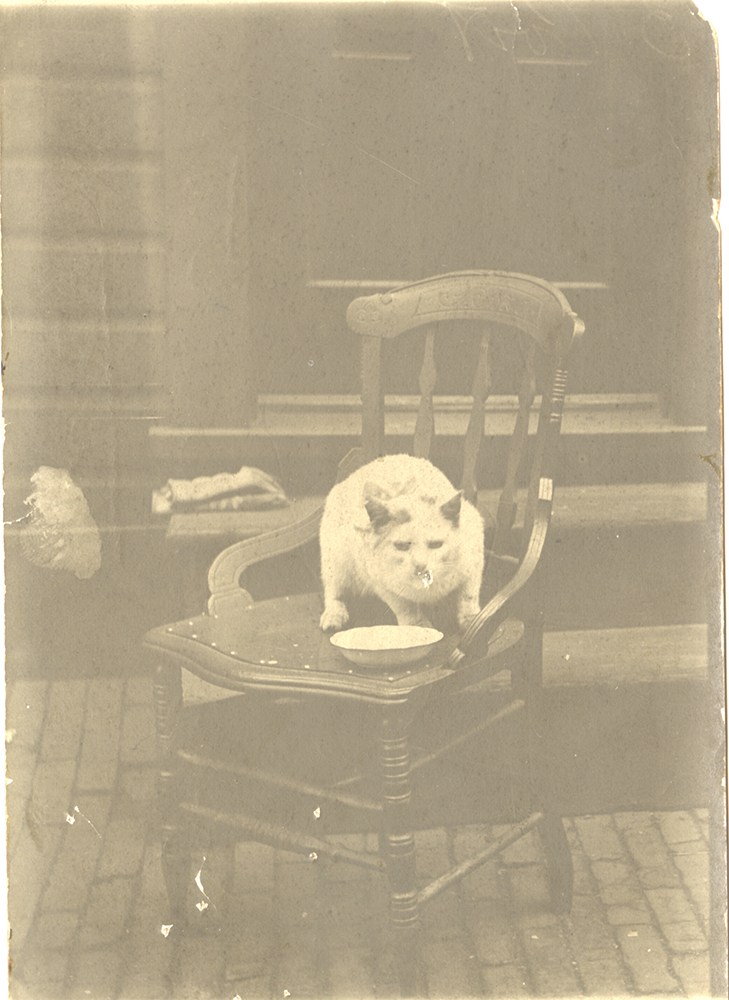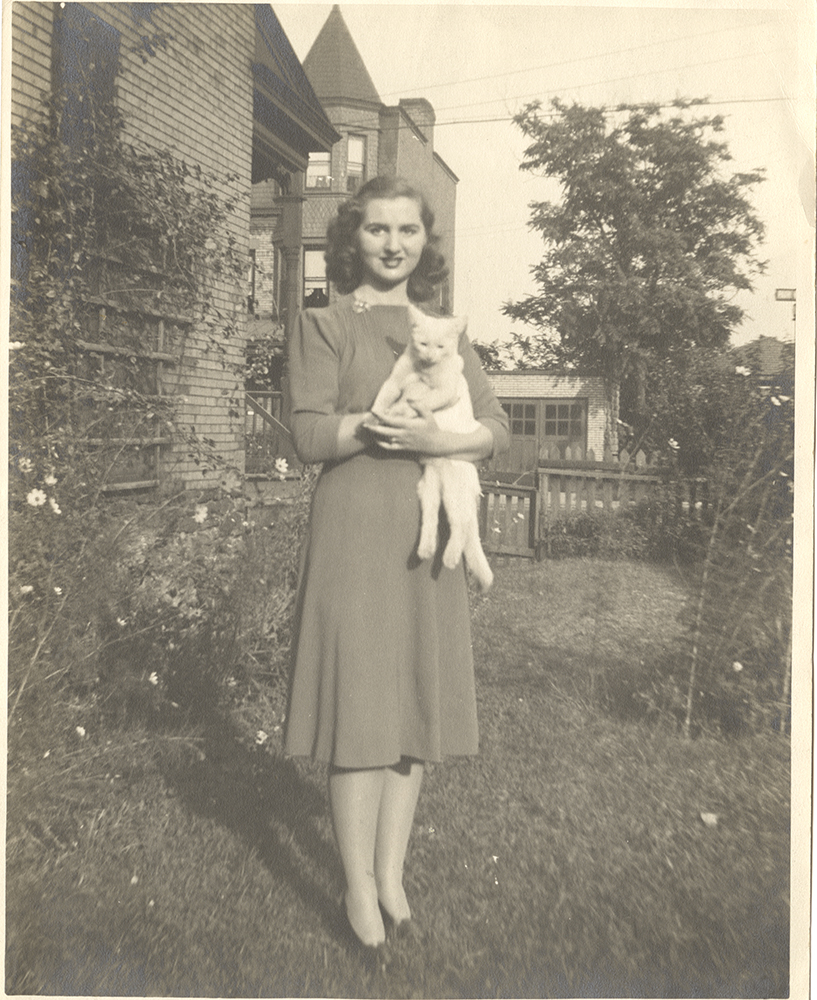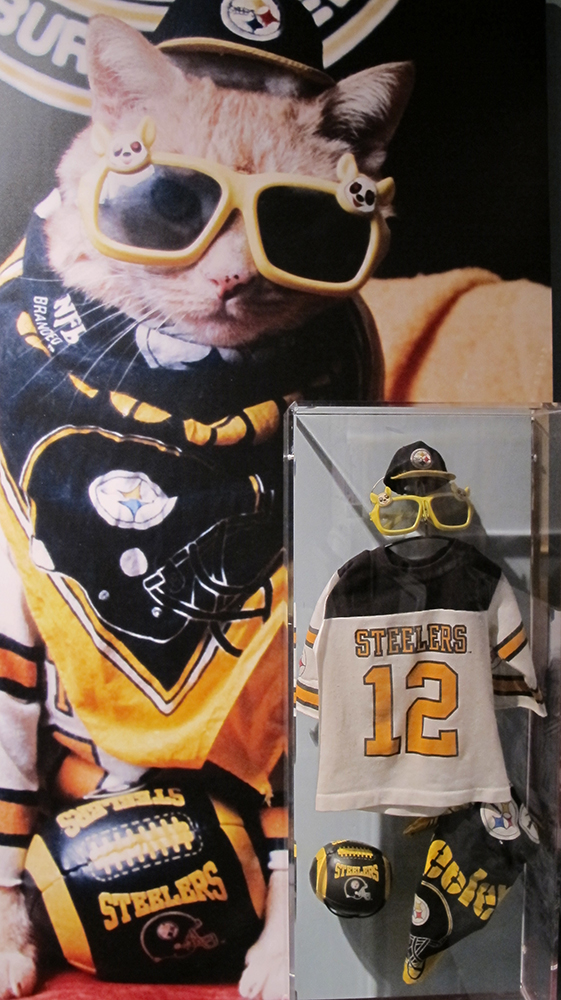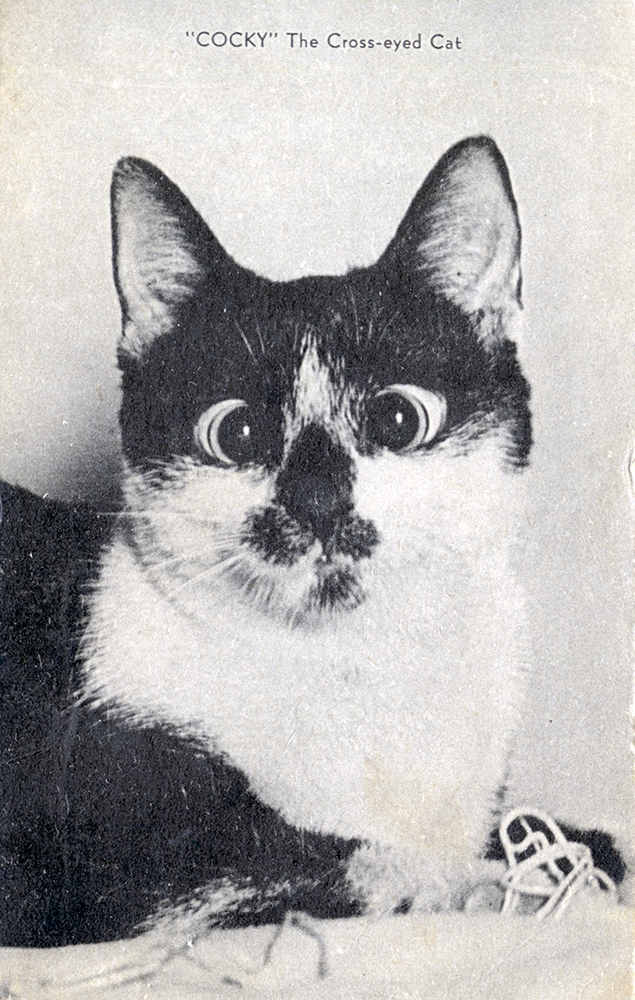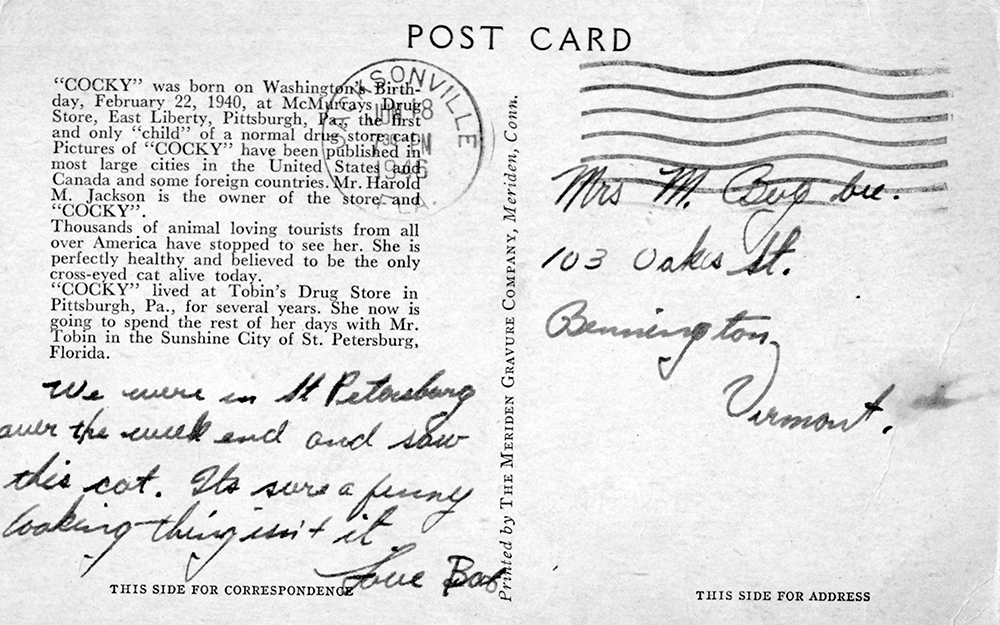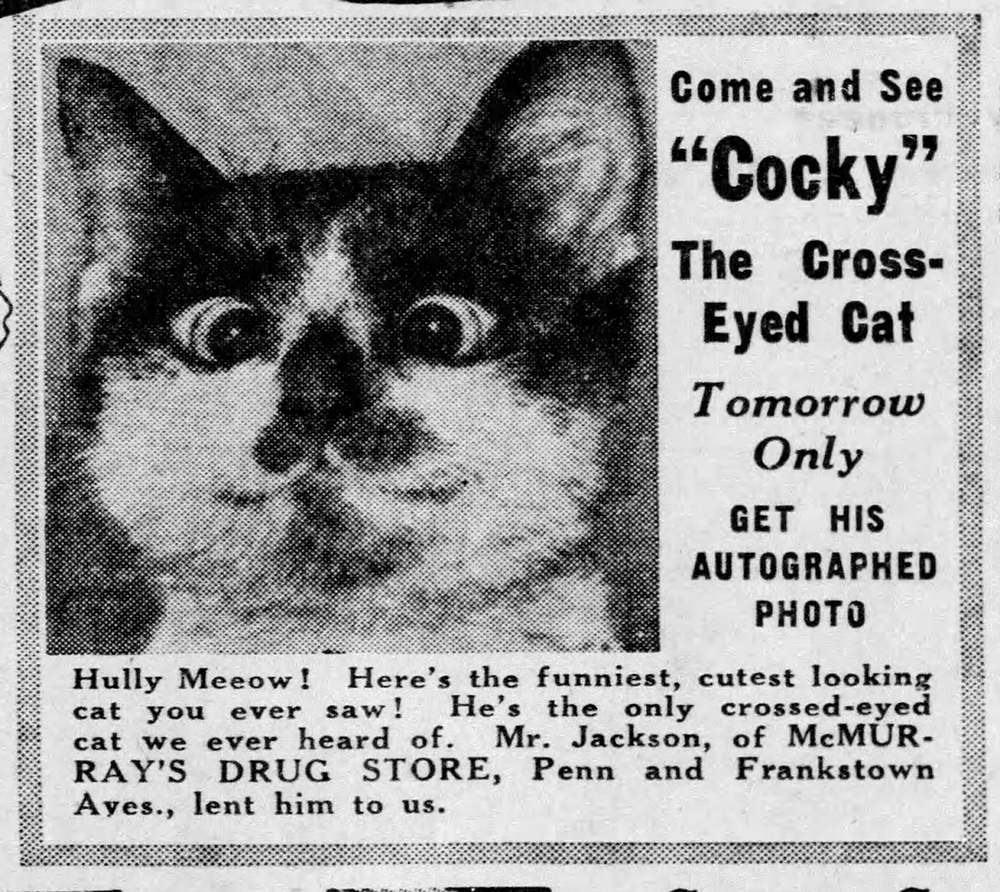February 20 is a day of celebrations. In some years, it’s Presidents’ Day. It’s National Cherry Pie Day (George Washington’s supporters may have had something to do with that). For those who value the animals in their lives, it’s also National Love Your Pet Day, a celebration marking the “special relationship” we have with our pets.
As #Pixburgh: A Photographic Experience illustrates, we’ve been turning the camera on our animal companions – especially the family dog – ever since photography became widely available. Decades of images document animals in family history, their stories woven into our lives long after they are gone.
A series of images from the Taylor Collection show how a little beagle named “Cindy” became the star of family events in Pittsburgh’s Friendship neighborhood in the 1950s. Both a family pet and a symbol of America’s Baby Boom, the gentle beagle was America’s most popular dog in the decades following World War II. In the 1920s and 1930s, the Arbuthnot family captured a sequence of dog companions, including “Wag,” “Cricket,” and others not named but clearly treasured. A photo showing one of the Arbuthnot men dressed in his business suit and sitting on the floor with two dogs perched on his lap illustrates how pets ground us, remind us of things to value in the midst of busy lives.
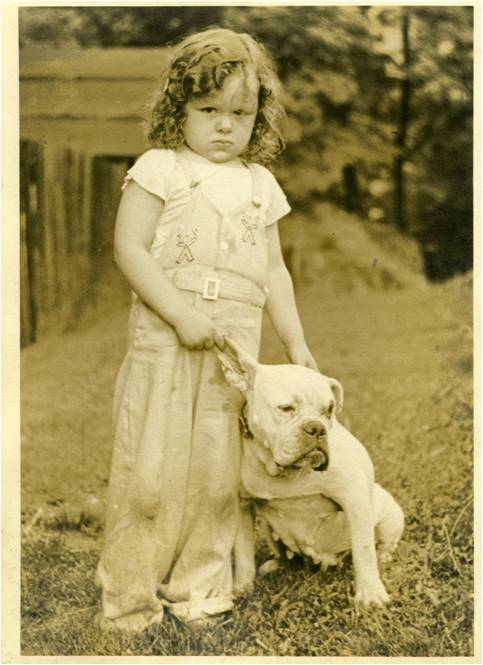
The earliest pet photographs at the History Center go back to the 1800s. When Emsworth resident James Benney took his new Kodak camera around his neighborhood in 1888-1889, what did he include in his shoot? Yep, the family dog. He even photographed his furry friend from a dog’s eye point of view. In the 1860s, Pittsburgh’s prominent African-American Bishop and newspaper editor Benjamin Tucker Tanner posed for an elegant portrait that confirmed his standing in the community. A crucial detail in the image is Tanner’s alert Dalmatian sitting at his feet, as much a status symbol as the Bishop’s fine clothing and the newspaper that he reads.
Our pets tolerate our foibles and jokes, they become part of the story of our aspirations. It’s a popular notion that pets resemble their owners, and sometimes this does seem true. Young Rae Jean Sprigle’s tough glare as she grasps the family bulldog’s ear seems to speak of a family whose father, Ray Sprigle, was a nationally renowned investigative reporter for the Pittsburgh Post-Gazette. Many of us have images like this in our family collections, photos of characters such as “Corky,” a Pittsburgh dog through-and-through who was carried home from the mailroom of the Pittsburgh Sun Telegraph as a puppy in the 1940s to the Spieler family house on Oneida Street in Mt. Washington, where he developed an aptitude for learning things like climbing trees and “riding” a bike (he could sit on a bike as someone pushed it), a true neighborhood personality.
But wait, some will ask: where are the cats? After all, National Love Your Pet Day is devoted to all pets, felines as well as fish, turtles, and birds. Alas, History Center collections don’t include many images of cats (even less of other pets). This may be explained by the fact that cats remained largely outdoor animals until well into the 1900s, when clay kitty litter made it more feasible to keep them inside. So while the collection does include images of cute kittens and a few identified cats such as “Jacko the J & L cat,” most are unidentified. A cross-eyed cat named “Cocky,” a local celebrity owned by McMurray’s Drug Store in East Liberty, did make it into the postcard collection with an image in the 1940s.
But there is one more cat featured at the History Center who deserves mention on this day. In the Western Pennsylvania Sports Museum [link], the Steelers’ section includes a homage to Pudgie Wudgie, the remarkably tolerant trained cat who, along with his owner Frank Furko, became the most famous furry resident of Plum and a cult celebrity in the 1990s. Pudgie’s Steeler fan outfit is one more reminder of how pets echo the things that we value about the place where we live. Pudgie and Frank were featured in a new documentary film in 2015 called “Frank and the Wondercat,” which debuted at a number of film festivals to positive review. In October 2015, SAD Magazine included a review of the film from the Vancouver film festival, and described it as a “portrait of kinship beyond simple definition.” How many people would say the same thing about the relationship with their own pet?
So, on this National Love Your Pet Day, we salute all Pittsburgh’s animal friends.
If you want to share a photo and a story of your Pittsburgh pet, we’d love to hear about it! Please consider submitting your photo to the #Pixburgh photo album.
For more information
Sarah Baake. “VIFF Reviews ‘Peggy Guggenhiem: Art Addict’ & ‘Frank and the Wondercat,’” SAD Magazine, Oct. 13, 2015.
“Early American culture prof explores why pets matter,” University of Delaware Daily Archive, March 20, 2007.
Katherine C. Grier. “Pets in America.” Chapel Hill, N.C.: The University of North Carolina Press, 2006.
Ann-Janine Morey. “Picturing Dogs, Seeing Ourselves.” University Park, Pa.: The Pennsylvania State University Press, 2014.
Leslie Przybylek is curator of history at the Heinz History Center.
